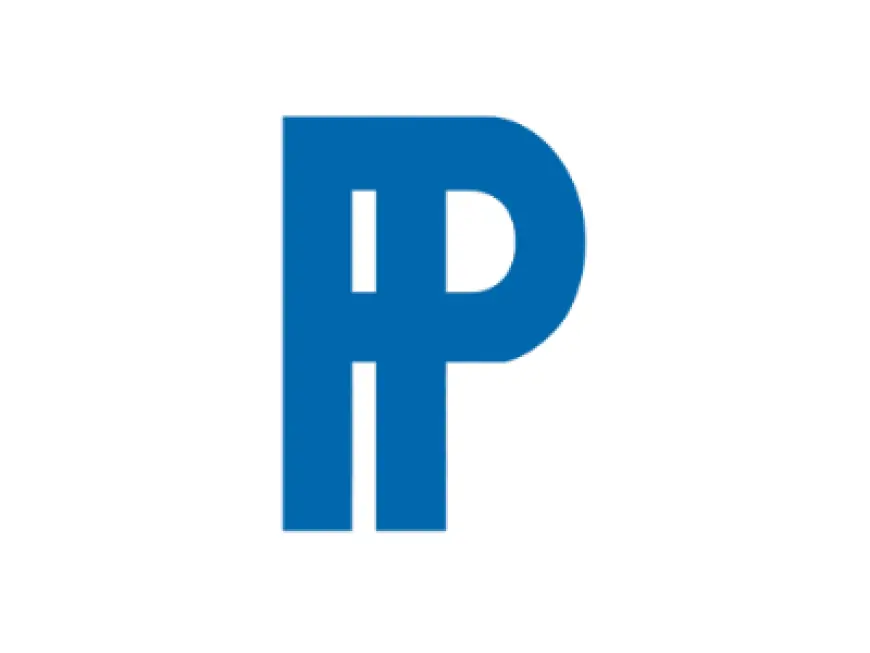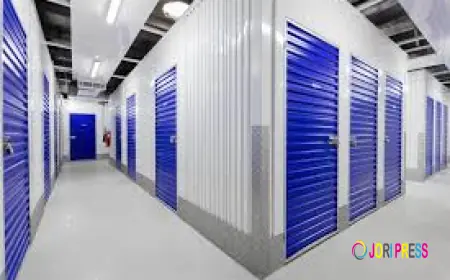What Designers Should Know Before Submitting Parts for CNC Machining
Before submitting parts for CNC machining, you need to think beyond just the CAD model. It is not all about carrying a file and clicking the send button.

Before submitting parts for CNC machining, you need to think beyond just the CAD model. It is not all about carrying a file and clicking the send button. Errors in design, ambiguous tolerances, or the use of wrong materials might create a delay, increase the cost, or result in non-working parts. A few thoughtful steps can make your experience with CNC machining services smoother.
This guide will discuss key things which every designer should understand to make sure parts are manufacturable and cost-effective.
Understand the CNC Machining Process
CNC (Computer Numerical Control) is a machining process that involves computer-based tools in shaping the parts from solid blocks of material. These machines are programmed directionally to slice, drill or mill a component to exact specifications.
CNC machining works with numerous materials, which include aluminium, stainless steel, brass, titanium and plastics.
Design for Manufacturability
Designing a part that is easy to manufacture can save time and reduce production errors. Meanwhile, complex shapes may look good in CAD, but they can create problems when it’s time to install them in machines.
Here is what you should keep in mind while CAD design that requires CNC machining services:
● Avoid unnecessary complexity: Simple designs are easier to machine.
● Use standard drill sizes and threads: Custom sizes may require special tooling.
● Include radii on internal corners: This process is required because sharp corners are difficult for round cutting tools to reach.
● Be careful with deep cavities or narrow slots: Both of them take longer for machine assembly and can reduce accuracy.
● Avoid thin walls: These walls can vibrate, deform or even break during machining.
By following these principles, you can create more compatible parts for your complete machines. CNC machining services can give you faster quotes and better pricing when your chosen part is easy to work with.
Choose the Right Material
The design of CNC involves some of the most significant decisions, such as the selection of the material. Each of the materials has an impact on your costs, machining time, and final performance of your part.
For example:
● Aluminium is a low-cost, light-weight, and easy material.
● Stainless steel is corrosion-resistant and compact, but it is difficult to cut.
● Brass machines also work well, but it is more expensive
● Plastic materials such as ABS, Delrin or Nylon are inexpensive and lightweight, although they become deformed at high temperatures.
Each CNC machining providers have different stock materials, so check the availability of your design material. Different cutting speeds or different cutting tools are also needed on some materials, which can affect your part-making time.
Also, you have to consider how the materials will interact with their environment. You may need to consider suitable material if your product will be exposed to water, chemicals or heat. Also, pick the materials that fit your part’s functions, not just your budget.
Specify Tolerances
Tolerance determines how much deviation is allowed between your design and the actual part size. The lower the tolerance, the more pressure and time are required to pick the right part for your machine. This filtration can also increase your overall budget, and uncommon parts may have higher prices.
To avoid such issues, follow these areas:
● Keep a low tolerance only for areas where it is necessarily required, such as where your parts connect with another.
● Use standard tolerance for non-critical dimensions.
For example, the outside surface of a cover plate does not need the same accuracy as the hole where a bearing fits in. In this area, unnecessarily low tolerance can lead to rework or longer production time.
Along with that, when you send files for CNC machining services, highlight critical tolerances in your 2D drawings. This process reduces time consumption and ensures your most important features are manufactured as per your end product's requirements.
Prepare Clear and Complete CAD Files
Accurate CAD files are considered as the foundation of a successful CNC project. As CNC machines follow digital models as presented on the drawing, incomplete files can cause significant problems during production.
To avoid such occurrences, follow these considerations:
● Submit your 3D files in standard file formats such as STEP or IGES
● Attach a 2D drawing if you are calling out threads, tolerance or surface finishes
● Label all holes, threads and features precisely
● Do multiple checks for your units
Moreover, if your part has multiple setups or needs to be machined for more than one side, highlight how it should be oriented. You should also include the material type and finish.
Conclusion
CNC machining services are highly accurate, but it depends on the quality of data given to them.. When you take the time to understand its working process, your final product can be assembled without any significant issues. As a trusted CNC machining service provider, FastPreci can assist you in assembling the final product with precision and speed. Whether you are prototyping or producing in large volume, a collaboration with them will simplify your design process and make it more successful.
What's Your Reaction?
 Like
0
Like
0
 Dislike
0
Dislike
0
 Love
0
Love
0
 Funny
0
Funny
0
 Angry
0
Angry
0
 Sad
0
Sad
0
 Wow
0
Wow
0

















































